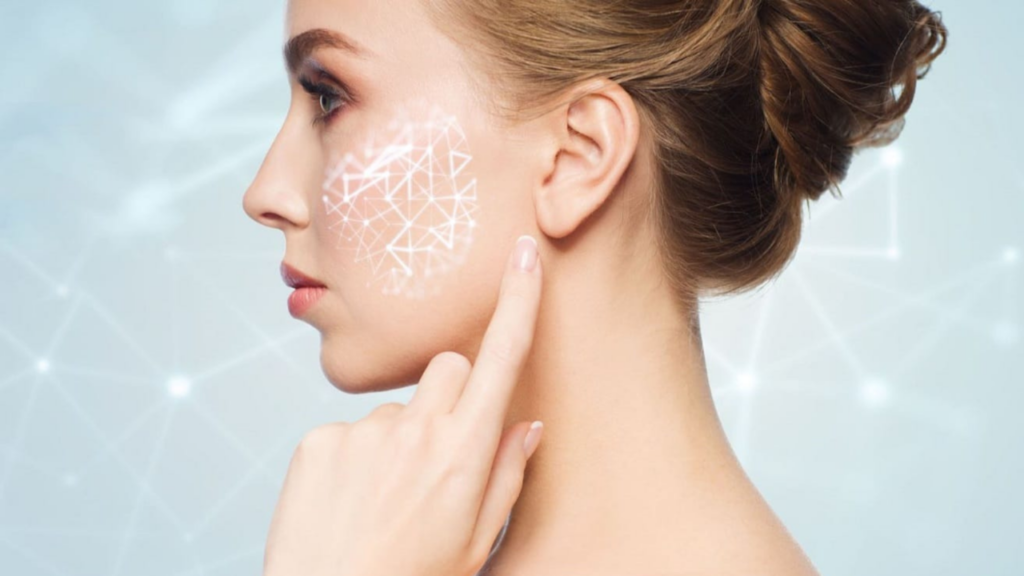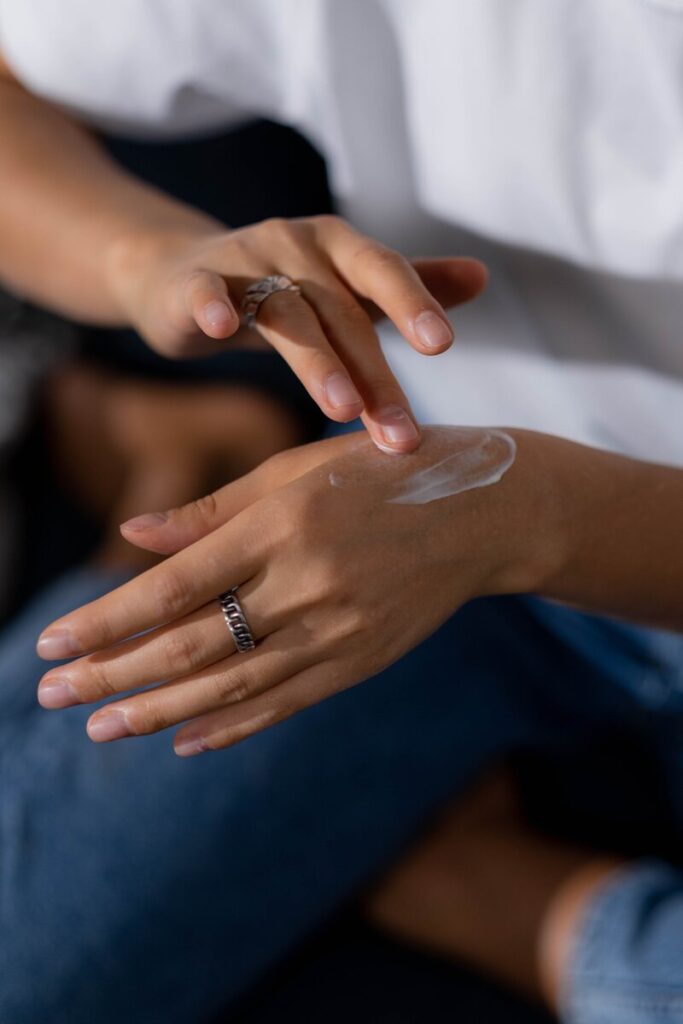Are you fascinated by the incredible world of regenerative medicine? If so, you’ve probably come across the buzz about exosomes! These tiny extracellular vesicles, secreted by various cells in the body, play an important role in cell-to-cell communication and tissue repair. When stem cells generate exosomes, they have the ability to facilitate the regeneration and healing of impaired or unwell cells. It’s quite fascinating, isn’t it? It almost feels supernatural, and the technology is truly cutting edge!
What are exosomes?
Exosomes can be visualized as cellular envelopes delivering important messages between cells. When stem cells, known for their remarkable regenerative potential, are the source of these powerful exosomes, the possibilities are limitless! It’s what’s inside of the exosomes (the message that it’s carrying) that ultimately determines the outcome. Researchers are looking at exosomes for their ability to help with wound healing, cell regeneration, augmenting the immune system, reversing chronic diseases and even reversing the aging process. From proteins to growth factors and even genetic material, it’s what’s inside the exosomes that counts!
In a groundbreaking development last year, the first-ever whole-eye transplant was performed at NYU in May 2023. They actually used stem cells to stimulate optic nerve repair and regeneration during the procedure. Stem cells and the exosomes they produce are anticipated to take on a significant role in the future of medicine. But you aren’t necessarily reading this because you want to grow an eye, so let’s discuss how exosomes can be used in the skin!
Where do exosomes come from?
Multiple sources contribute to the availability of exosomes in the market today. Stem cells from the placenta, mesenchymal stem cells in fat, bone marrow, and even embryonic umbilical cord stem cells—all produce exosomes. There are also plant-derived exosomes, indicating that nearly all types of cells, whether from animals or plants, utilize exosomes to communicate.
These diverse sources offer different types of exosomes, each with its unique regenerative potential. But here’s the thing—not all stem cells and the exosomes they produce are the same. The source matters. Exosomes from younger cells, like those from embryonic or placental stem cells, tend to have higher regenerative potential compared to those from older cells like your own fat.
Exosomes in dermatology
Research is underway to study stem cells and exosomes to deliver important cellular information for a plethora of organs and structures in our body, including the skin. Right now, in the skin, exosomes are being used to help with wound healing. For aesthetics, the hope is that it can help rejuvenate our cells to prevent or at least slow down aging so that our biological age is much younger than our chronological age. But we have a long way to go!
Firstly, exosomes can only be applied topically to the skin in the U.S. today. However, our skin barrier is highly effective at keeping things out, making it hard for exosomes to penetrate to where we need them to communicate. To make exosomes effective on our skin, we need to have a compromised skin barrier. That is why dermatologists use exosomes topically after procedures like microneedling, chemical peels, or resurfacing treatments, when the skin is open and can absorb the exosomes. Over-the-counter products with exosomes are probably just acting as costly moisturizers sitting on the skin’s surface, at least for now. When applied to an open skin barrier, exosomes help in wound healing and can enhance the outcomes!
What are the ethical concerns with exosomes?
Given that there is no nucleus within the exosomes, the material transmitted is simply messenger RNA. What we truly hope to achieve with exosomes is the ability to inject these particles into the skin or wherever healing is needed. That would be really cool, but we’re not there yet. Some cite the source of stem cells for their exosomes as a potential ethical concern. Fortunately using placental stem cells after a healthy pregnancy and delivery can be a robust and ethically sourced reservoir.
Right now, exosome therapy feels a bit like the wild west. It’s not regulated, so you have to be cautious. These products vary a lot in quality—how they’re collected, purified, stored, and effectiveness.
So for now, I’d recommend conducting your research and choosing in-office exosome therapy applied topically after a procedure that compromises the skin barrier. There are reputable companies out there creating and researching exosomes, and it’s going to be exciting to see how this develops over the next few years, but we do have a long way to go.
Discover the exciting and real world of exosomes with Dr. Russak on this week’s podcast episode! From their sources to application methods and ethical concerns, we take a deep dive into this cutting-edge skincare science.
Find Dr. Russak here:
https://www.instagram.com/russakderm/
A new podcast episode drops every Monday!
For more great skin care tips, subscribe to The Skin Real Podcast










